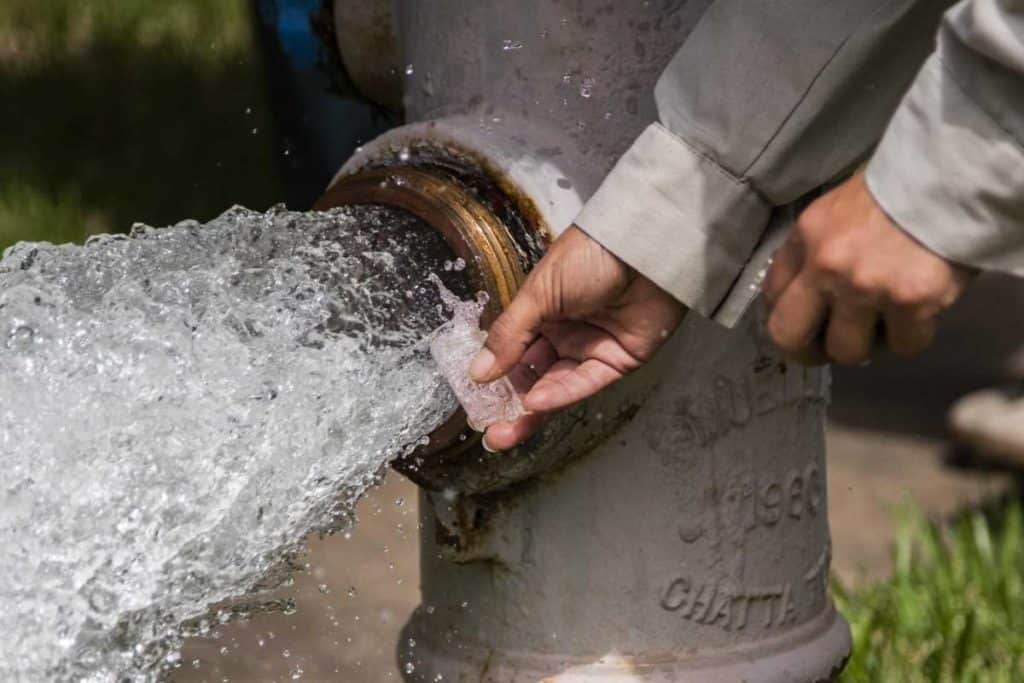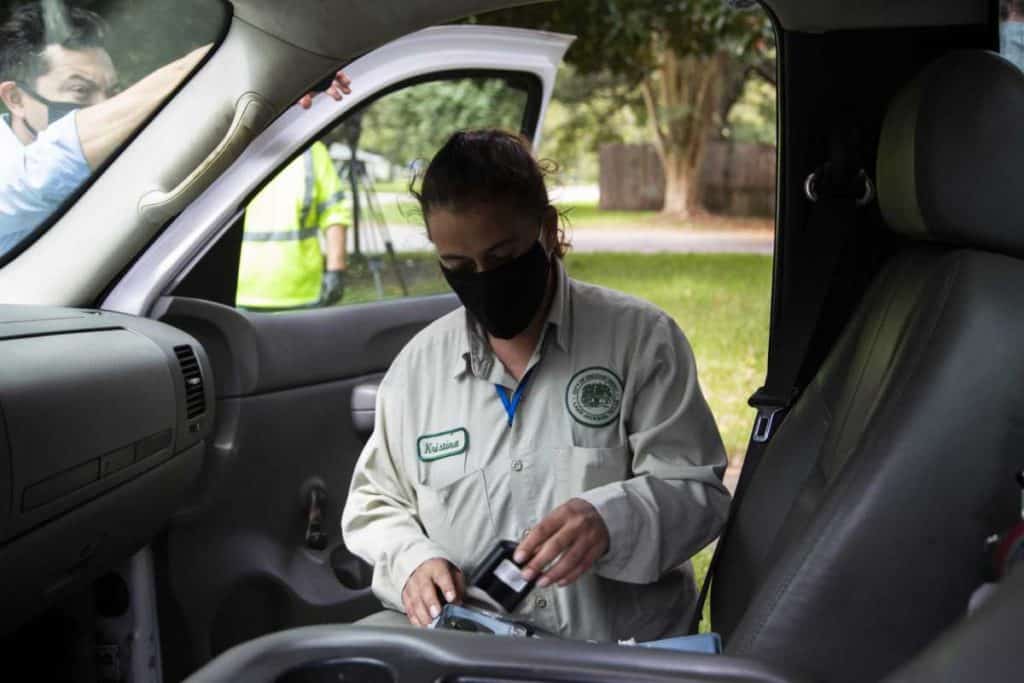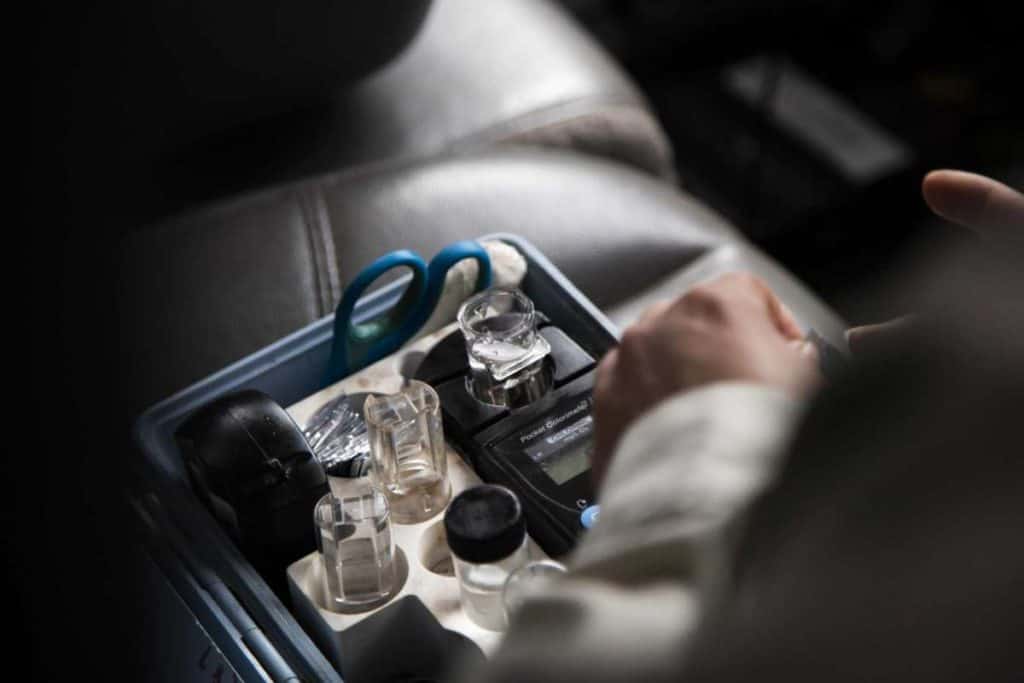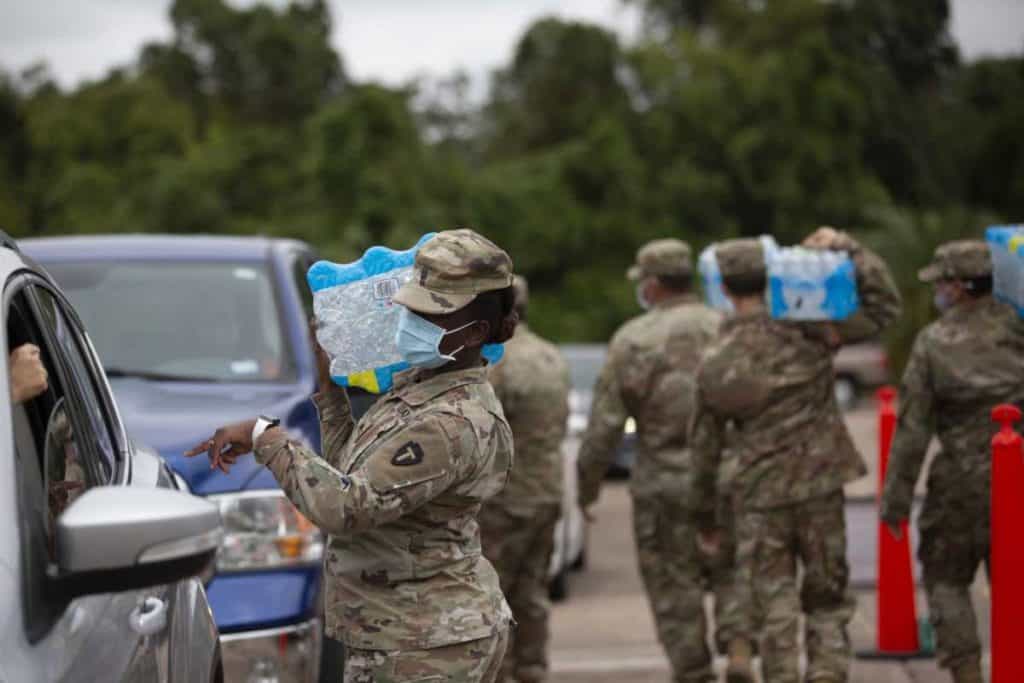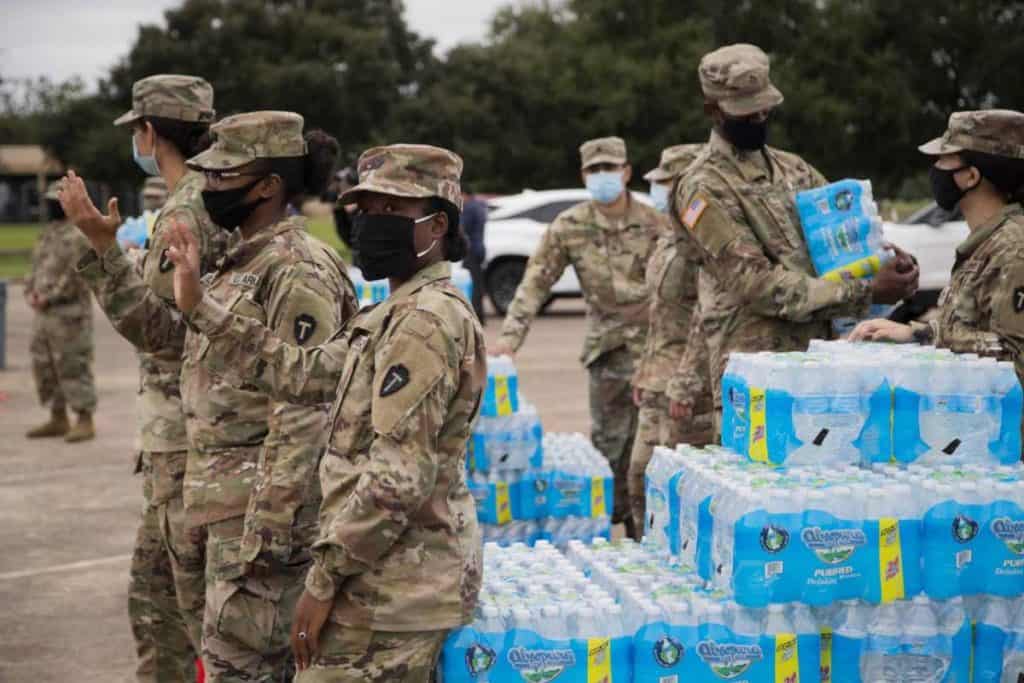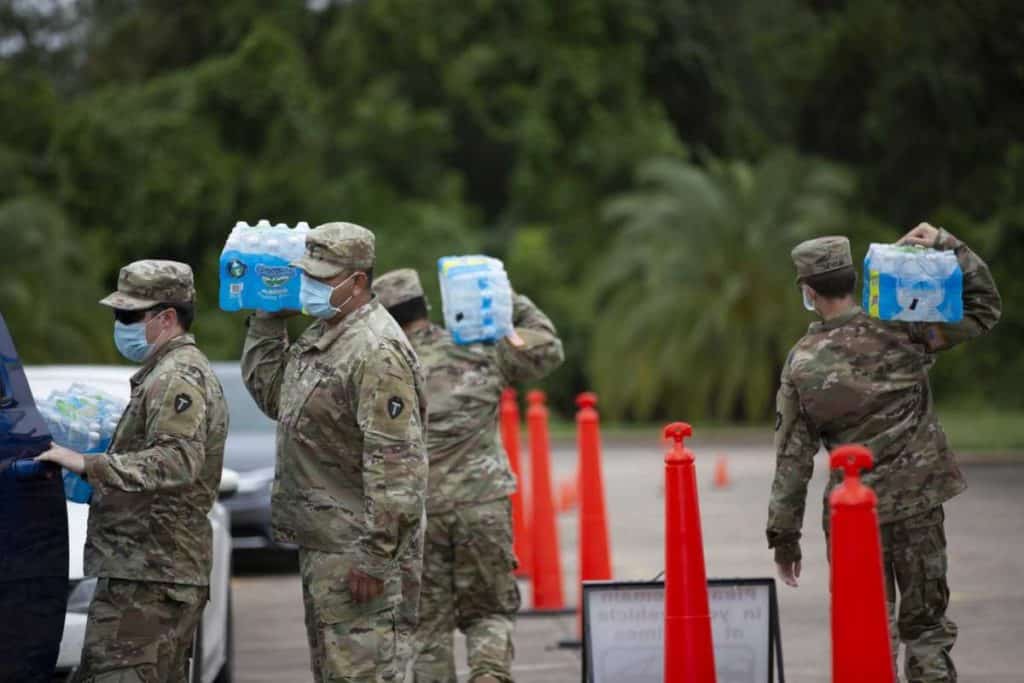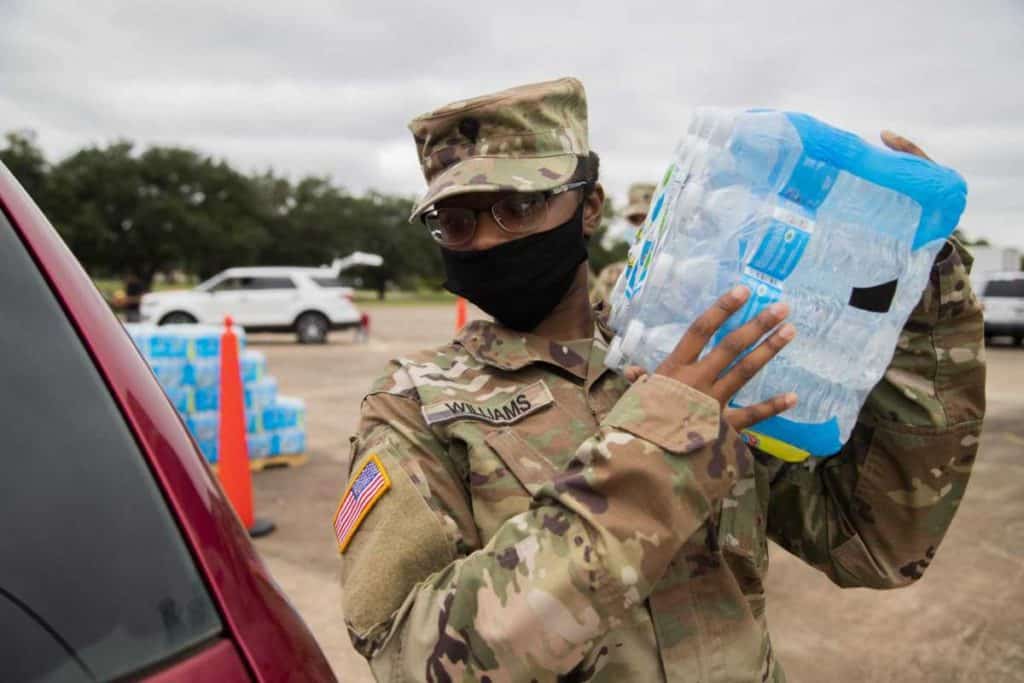Eva Day drove through the parking lot at Brazosport College, where uniformed National Guard members loaded her red minivan with a 24-pack of bottled water.
A native of Mexico, Day was shaken by the news that a brain-eating amoeba had tainted the water supply in Lake Jackson and led to the death of 6-year-old Josiah McIntyre. The Brazosport Water Authority on Friday issued a “do not use” warning for the water in Brazoria County, and though it was lifted over the weekend, a boil water notice remained in effect for the city of Lake Jackson.
Day said her sister had contracted the same amoeba when she was 10, requiring her to undergo brain surgery. Doctors gave her a small chance of survival. While her sister ultimately lived, she still suffers headaches from the amoeba to this day.
“It went to her stomach and the doctors didn’t know what was going on and it traveled up to her brain,” Day said. “It’s very dangerous. People should take it seriously.”
Lake Jackson officials on Monday began purging the contaminated water from its system, then flushing it with highly chlorinated water, a process that could take up to 60 days, according to Modesto Mundo, the city manager.
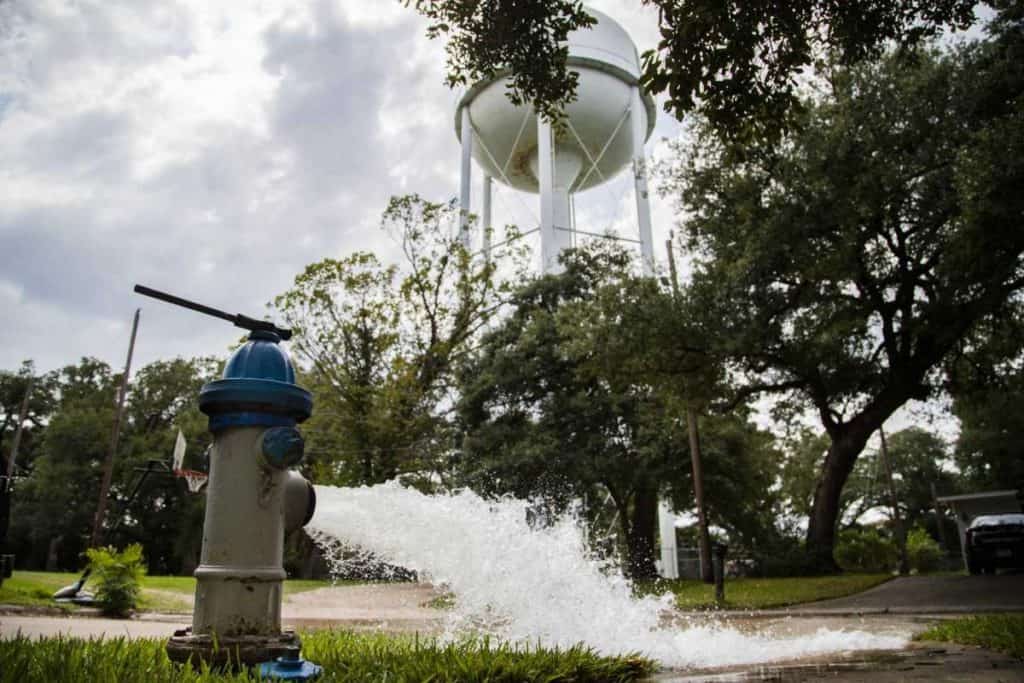
The Texas Commission on Environmental Quality will continue to test all of the city’s water sources for contamination, and the city has issued a drought contingency plan to limit water usage during this period. The city of 27,000 is 55 miles south of downtown Houston.
“The purpose of (the drought plan) is to eliminate all outdoor water usage so we can conserve our water and use it to purge the system as quickly as possible and then bring in the (chlorinated water), and then we can lift the boil water notice,” Mundo said.
The microscopic amoeba, known as naegleria fowleri, was identified by state and federal health officials weeks after the 6-year-old boy became mysteriously ill last month and died Sept. 8. The boy’s grandparents speculated he inhaled water from a city water supply at a splash-pad they visited shortly before he became ill.
The Centers for Disease Control and Prevention took water samples from three different sites within a mile of the boy’s home, which tested positive for genetic material from the free-living, microscopic amoeba.
The CDC notified city officials of the test results last Friday. Once the source of contamination was located, the “do not use” advisory was lifted for all areas except Lake Jackson.
Texas House Speaker Dennis Bonnen, whose district includes Lake Jackson, emphasized at a news conference late Monday with water authority officials that a TCEQ review found that the authority’s distribution system meets all standards. The Brazos River is the authority’s water source.
“They never did have a problem and they are completely and totally safe. We want to be able to differentiate between Lake Jackson and these surrounding communities. Frankly, you can feel more confident now than you ever did (about the water supply).”
Texas House Speaker Dennis Bonnen
Naegleria fowleri is commonly found during the summer in freshwater, especially along the Gulf Coast where temperatures tend to be warm. It can grow in lakes, ponds, puddles and unclean swimming pools — or even a stock tank.
But A. Scott Lea, professor of internal medicine and infectious diseases at the University of Texas Medical Branch at Galveston, explained that “fortunately for all of us,” very few people actually contract the deadly, hard-to-diagnose disease.
It typically infects people when contaminated water enters the nervous system through passages in the nose. From there it travels to the brain and can cause a rare and debilitating disease called primary amebic meningoencephalitis.
If water is properly chlorinated and cleaned, there should be no amoeba present.
“The naegleria fowleri amoeba does not cause an infection if it is in water that a person drinks because the amoeba is killed by normal levels of stomach acid. However, the amoeba can cause an infection if it goes into a person’s nose.”
Brooke West, a spokeswoman for TCEQ
State and federal officials are still working to determine how the amoeba tainted its water supply, Mundo said. City and TCEQ officials took 56 water samples from sites across the city, 14 of which showed low chlorine levels, indicating contaminated water; that triggered the boil water notice. Oddly, the three samples taken near Josiah McIntyre’s home — the splash pad, a fire hydrant and a hose bib — that tested positive for the amoeba showed normal chlorine levels.
“That means the amoeba may be there but it was dead. The system was possibly doing its job. We’ll find that out later.”
Modesto Mundo, Lake Jackson City Manager
While the TCEQ investigates the source of the amoeba, the city began the lengthy process of draining its water sources — including water lines and towers, and ground storage tanks — through fire hydrants. It will also do an autopsy of its entire water system, examining flushing procedures and looking for vulnerable access points as well as possible cross-contamination with irrigation systems.
Meantime, emergency management officials in Lake Jackson are preparing daily points of distribution for bottled water from 8 a.m. to 7 p.m. for the foreseeable future.
“We anticipate because the boil water advisory is in place, we’re hoping we can mitigate our water problem within a 14-day period, hopefully.”
Lt. Bryan Sidebottom, Lake Jackson’s deputy emergency management coordinator
Another resident, Lance Mulkey, cruised through the distribution site at Brazosport College in his white pickup on Monday to get his 24-pack of bottled water. An Army veteran, Mulkey said he is used to “showering with a rag” but the situation is most inconvenient for his wife, who suffers from stage 3 breast cancer.
“She goes through hot flashes because she’s going through chemotherapy,” he said. “She counts on that cold shower to cool her off.”
Residents also flooded the local H-E-B supermarket to buy jugs of water to get them through the coming weeks. Kara Brookins said she had to tape a “do not use the water” sign to her bathroom mirror to remind her two children, 12 and 17. Out of an abundance of caution, they have been traveling to a friend’s house in Ridgewood to shower.
“They’re saying you can still shower, but that’s still scary to put your 12-year old in the shower and tell them, ‘Don’t get the water in your face,’” Brookins said.
As she wheeled out five large jugs of water to her car, Johanna Grice noted that the water advisory feels even more dire in the midst of the COVID-19 pandemic. She supports three children — 11, 9 and 5 — and the restaurant where she works only recently reopened after being shut down for months.
“Feels like we’re living in hell.”
Johanna Grice


